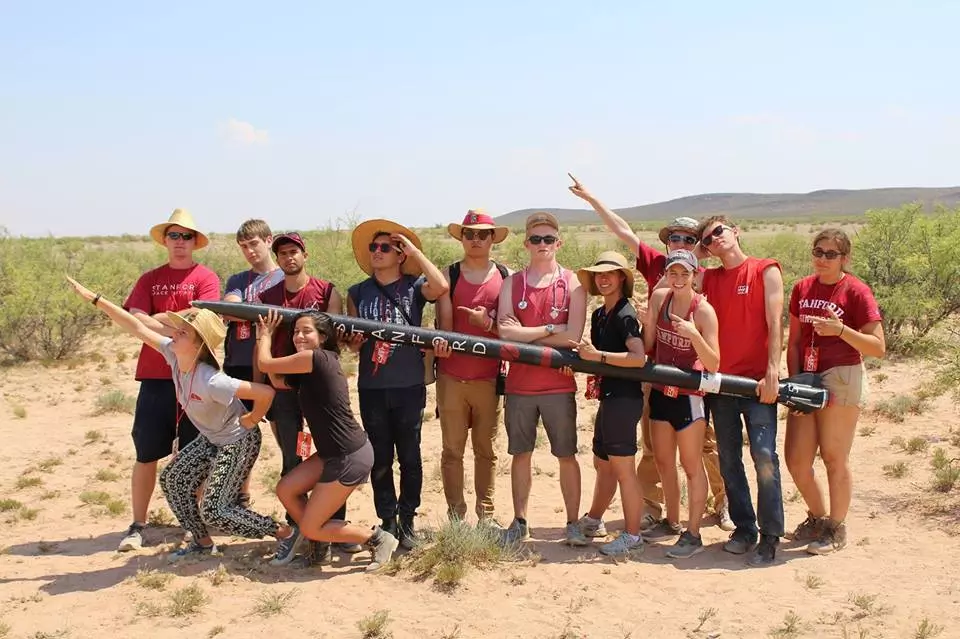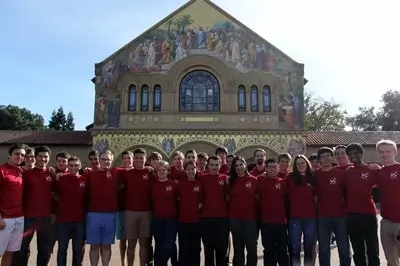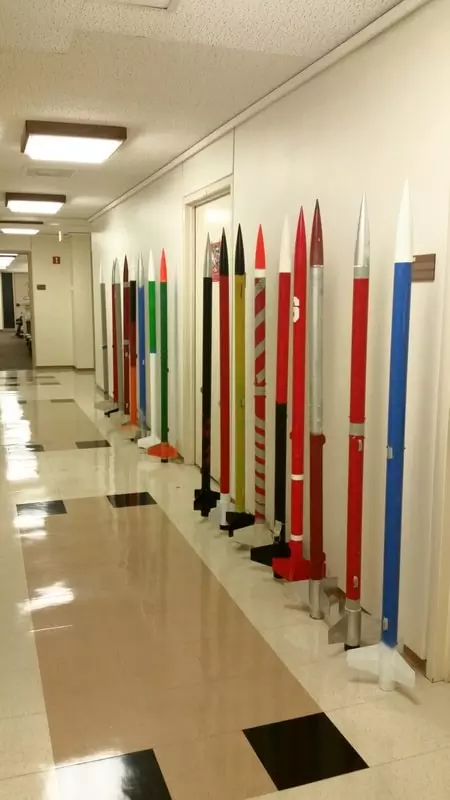Actually, it is rocket science.
School ·One of the most signifcant parts of my college experience was being part of the Stanford Student Space Initiative (SSI), a student-run organization that grew to 250+ members over the few short years I was there. I’ve compiled here a growing list of snippets that reflect my perspective on those experiences at different points in time. I am curious and excited to see if and how my thoughts and feelings about it continue to change over the years.

Spring 2023
This year, we celebrated the 10 year anniversary of the inception of SSI as a club at Stanford. The club hosted a reunion event that was an incredibly fun time, especially reconnecting with people that I haven’t seen in many years. SSI has continued to do amazing things with its project groups and maintaining legitimacy and solid relations with Stanford faculty, administrators, and other partners who are essential to the club’s existence. It gives me that warm, fuzzy-buzzy feeling inside when I think about what the next 10 years of SSI could look like and how incredible it is to see the club’s growth from a couple grad students talking about space policy over beers to breaking world records, launching real payloads to space, and being an institutional example to countless other organizations.
Fall 2018
Since running the Rockets Team two years ago, I’ve tried to stay involved with the team by helping with design reviews and getting frosh plugged into the community. I’m proud of how far the team has come since I joined three years ago – we upgraded our workspace, started a custom motor team, launched dozens more rockets, built out serious infrastructure and institutional knowledge, and so much more. In fact, Stanford Engineering began using us in their alumni promotional materials, which is a 180 turnaround from just a few years ago when the administration was actively trying to stop the club from existing. I like to think I played a small part in that transformation. I took a back seat in hands-on work for personal reasons, but I’m looking forward to heading out to the launch site at least once more this year, even if just for old times’ sake. SSI will always have a special, albeit sometimes painful, place in my heart. It was a formative part of my college experience, and I learned more than I probably even realize. I didn’t just build rockets; I built a family here.

Fall 2016
If I told you within the next 2 years, Stanford was going to send a rocket to space, what would you think? What if I told you it was going to be done by undergrads working out of a space smaller than a freshman dorm room? Crazy? Delusional?
My time in SSI started with nothing more than a seemingly benign question: “Do you want to build a rocket and fly it this weekend?”. Then Rockets Co-Lead (and now SSI Co-President) Ian asked me this Fall Quarter Freshman year, and who was I to say ‘no’? Needless to say, it was a hectic week for someone who’s never touched a rocket before, but Saturday came after a long night of building, and by day’s end, three of us had earned our first high-power rocketry certifications; we could launch bigger and badder rockets now and were charged with teaching 40 others how to do the same.
Meanwhile, we were assigned to project teams each tackling a challenging technical problem – mine was focused on stopping a rocket from spinning as it fell back to the ground. For a team of all freshmen, this was daunting, to say the least, but we charged head first into it. The strong-willed (and possibly insane) stuck it out, and though not every project met its technical objectives, we all did succeed in gaining incredible experience and insight into building large, complicated rockets from ground zero.
The people closest to me might tell you I spend an obscene amount of time with SSI at times, and objectively, they’re probably right. Sometimes PSETs fall to the wayside when you’ve got a rocket to launch. But that knowledge and confidence that I can work with others to design, build, test, and iterate over time to produce an engineering masterpiece is something gained only by doing and failing and learning – not your everyday lecture material. Crazily enough, I’m now a co-lead for Rockets, and among a host of other projects, we’re spearheading an 11-foot tall competition rocket to reach 30,000 feet, going higher and faster than we’ve ever gone before. It’s overwhelming at times to feel like there’s so much to learn and do, but in just a year, I’ve come so far, and I know this is just the beginning.
